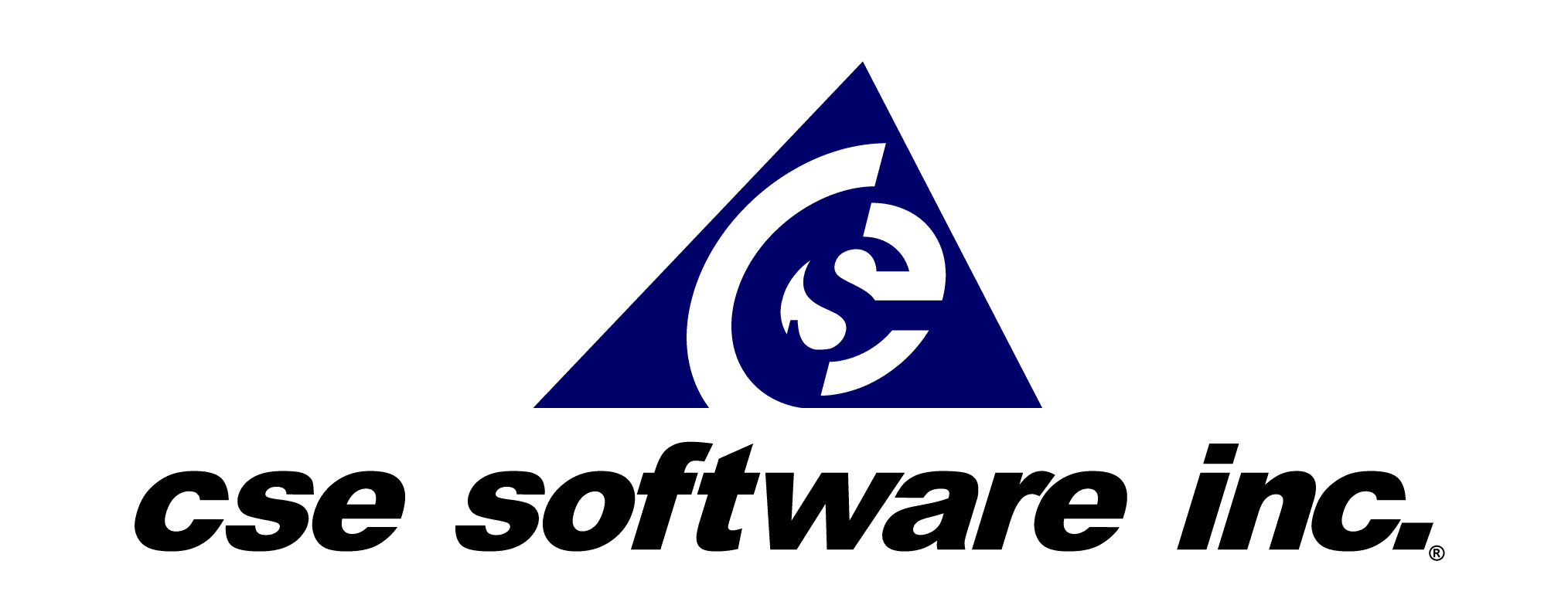Workplace training isn't a cut-and-dry affair where employees are thrown into standard classes. The more variety in any kind of instructional model, the more likely workers are going to derive value from their lessons. A varied training schedule also serves to keep pupils engaged and interested when they might normally become bored or unhappy, and want to be left to perform work on their own.
Thankfully, eLearning software development is available to make this process quite a bit more varied and engaging than it might otherwise be because it is able to cover all parts of the different educational divisions that exist. Educators and instructors have different choices to make when it comes to teaching personnel about their work-related tasks, and digital training software will support every one of these choices.
Personal vs. interpersonal
One of the most important decisions trainers make during any given session is whether to lead personal instruction seminars or to conduct interpersonal exercises. Personal instruction is basically the use of standard classroom techniques and finds teachers standing at the front of a group of individuals. This means that while everyone is learning together, the pupils aren't interacting with one another.
Conversely, interpersonal training involves teaching to groups that must collaborate with one another in discussions and work together to come up with shared answers. Both of these models are supported by eLearning and instructors won't have to decide which one works best if digital training is in play. For example, personal classes can require students to follow along on mobile devices, while interpersonal classes would see groups sharing computers and working on questions and projects with one another in groups of any size.
Formal vs. informal
Most personal and interpersonal classes can be designated formal, but they aren't necessarily all in that category. Formal lessons are done according to strict plans that a teacher or textbook has laid out, while informal ones are focused more on the process of learning than on the results of instruction.
For example, a formal lesson would see workers reading together and answering questions that correlate with what was read. An informal lesson might involve a demonstration and hands-on effort that finds people using the skills they've learned to internalize certain information. The former type can obviously be supported by custom software development, while the latter can find eLearning in the role of reference material for more integrated lessons.
Independent vs. led
Another type of learning choice comes down to whether or not education is taking place in the presence of a trainer or if employees are left to their own devices. This is a necessary part of workplace training because at some point, individuals need to prove that they can go without supervision to perform particular tasks. An eLearning custom development – mediated lesson plan for independent instruction is easy to imagine. It simply involves having students take part in solo simulations to improve particular skills. Led classes are much like those mentioned above and would likely see teachers using eLearning programs along with their pupils.
Choosing an axisThe most important idea to keep in mind when designing a workplace training scheme is that every single type of instruction falls along each axis mentioned above. For example, an interpersonal informal led session would involve students working together in groups that don't follow rigid schedules while teachers assist. Conversely, a personalized formal independent lesson is essentially a test or examination. Remember eLearning can be used for any combination that might be appropriate at any given time during workplace training.
Contact Christy Beiermann at cbeiermann@csesoftware.com or 1.309.263.7595 and ask for an eLearning and simulation demo today!

